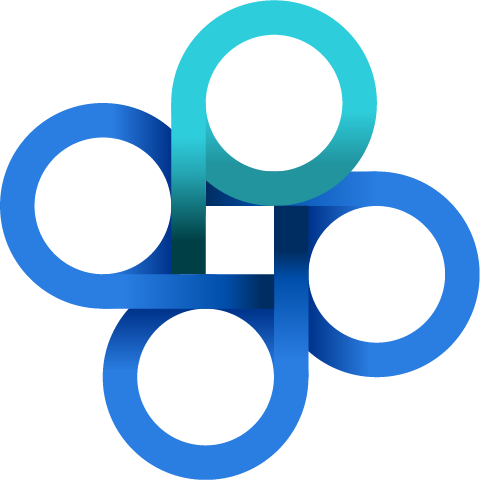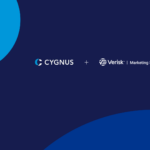Finding the Right Data Mix to Identify Your Ideal Customer
Creating a data model to identify your ideal customer is not easy, but it is critical to support successful identity resolution programs. This was the focus of discussion during a session at Journey Summit 2017 session with Todd Jones, President, Retail Mortgage, BBMC Mortgage, Tracey Pickens, Monetization/Partner Analyst, The General Insurance, Rustam Irani, Vice President of Digital Marketing, Ultimate Medical Academy and Matthew Kemmerle, VP Contact Center Analytics, LoanDepot.
In the past to understand their ideal customer profile, organizations have focused on what the customer looks like based on demographic data alone. But today, there is a plethora of data available about consumers. As a result, leading organizations have moved beyond designing marketing programs based on demographic data and are building more intelligent data models using demographics, outcome data, and customer behavior data to understand customer intent and propensity to buy.
But this process has not happened overnight. For some organizations and industries, this transformation is still taking place. As Matthew Kemmerle from LoanDepot shared, “In the last five years it’s been an amazing journey to see. Now we’ve got data scientists doing complex modeling and using Tableau to visualize that data. You went from one guy who knows Excel to a department of thirty plus people with different roles ranging from data scientist to data quality.”
One challenge organizations across industries are facing is know what data they need to improve their models. That starts with understanding what data you have internally. But then with thousands of potential data points available for each consumer, how do you evaluate the best combination of data for the job at hand?“ We are spending a lot of time with lifetime value and trying to find out what our perfect customer is. We take that and look to see if having new data might help us get more of that customer,” said Tracey Pickens from The General Insurance.
Consumer behavior and intent data play an important role in helping to more completely understand ideal customers. The key is understanding how to identify the signals which help to identify consumers who resemble that ideal customer profile and their specific behaviors. As Rustam Irani shared, “We have a pretty good idea of our key demographic. But beyond that, there were indicators that we were looking at. How many times has somebody looked at your website prior to converting. How many other sites have they been to…So using both of those, the demo side and the consumer intent side, we look at all of the signals to really determine whether they look like a student and they act like a student.”
Combining demographic data, with online behavioral data and offline data, such as information gathered by call centers allows organizations to validate their data analysis of it. As Matthew Kemmerle shared, “We have a lot of agents that are actually talking to consumers who have filled out a lead form. And we’ve now got an opportunity to not only confirm what is on the lead form, but to make it more accurate.”
Understanding what data your organization has, what data you need and then validating to ensure that your data is accurate is important. But as the panel agreed, it is also important to continue to test and evolve your data mix.
Through continuous testing and implementing different data models, organizations will ultimately find the data mix(es) that will work best for their specific business. It is important to realize that things will change. Often, a data mix will need to be adjusted as market conditions change or new data sources become available. Continuous testing and experimenting will enable organizations to evolve their data mix and optimize how and where it is applied.








 Your Privacy Choices for Platform Services | Data Services
Your Privacy Choices for Platform Services | Data Services